Words We Use glossary
Use our Glossary to find key words and terms used throughout the Training Program.
If there are any updates or revisions needed, please let us know.
Updated: August 2022
Special | A | B | C | D | E | F | G | H | I | J | K | L | M | N | O | P | Q | R | S | T | U | V | W | X | Y | Z | ALL
E |
|---|
EmpowermentThe World Health Organization explains 'empowerment' as a process through which people "gain control over the factors and decisions that shape their live" Control is gained by increasing assets and attributes, and building "capacities to gain access, partners, networks and/or a voice." | ||
F |
|---|
FeaturesFeatures are characteristics (the 'what') of your recreation product, program, service or event (time, location, duration, cost, staff, etc.). | |
Fetal Alcohol Spectrum DisorderFetal Alcohol Spectrum Disorder (FASD) is a lifelong disability resulting from exposure to alcohol before birth. | |
Framework for Recreation in CanadaThe Framework for Recreation in Canada is the national guiding document for public recreation providers in Canada. We have an opportunity to work together in ways that will enable all Canadians to enjoy recreation and outdoor experiences in supportive physical and social environments. | |
G |
|---|
GoalsGoals are broad strategies that are often written to be specific, measurable, achievable, realistic and timely. Goals help to achieve a vision. | |
I |
|---|
Inbound MarketingInbound Marketing helps your organization or community “get found” by people who want your products and services. | |
InclusiveInclusive refers to recreation programs and services that are open and
welcoming to people of all abilities, ages, gender and means. When
recreation is inclusive, everyone feels they belong and can contribute. | |
Indigenous PeoplesIndigenous Peoples is a collective noun for First Nations, Inuit, and Metis. Indigenous Corporate Training Inc. suggest, that regardless of terminology, “always go with what people are calling themselves”. | |
InputsInputs are the resources invested into a project such as staff, funding, materials, or supplies. This term is used in planning and in logic models. | |
